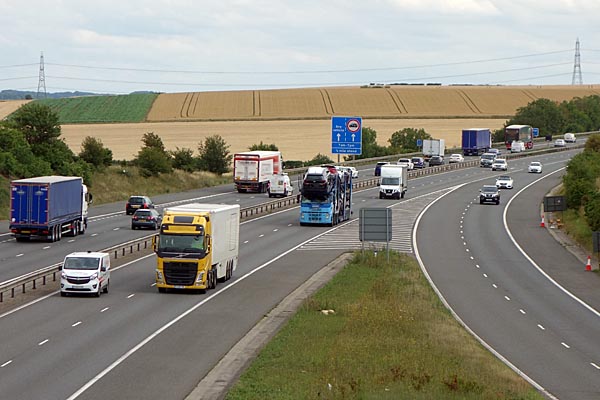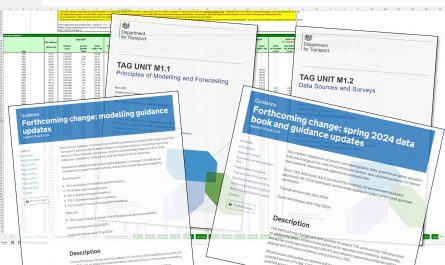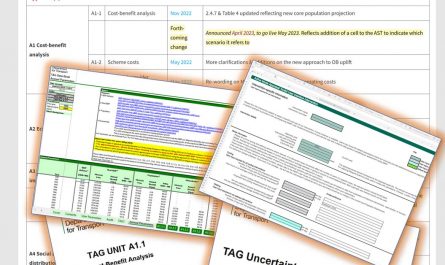Graham provides some updates on post-Covid demand modelling and forecasting methods
Back in April I posted about the new DfT guidance on bringing demand modelling and forecasting into the post-Covid ‘new normal’. Since then, the profession has been putting this into practice and we’ve had some interesting discussions on the practicalities. So now is a good time for an update.
Recap
To recap: if you need to Covid-adjust an existing model, DfT recommended adjusting the trip matrices, considering trip purpose and patterns as appropriate, to produce an updated core forecast. They gave three potential ways of doing this:
| Approach | Description |
| 1. Make today the new base year | Apply adjustments (based on observed data) to create a new base year. Then forecast as normal. |
| 2. Make your scheme opening year the new base year | Apply adjustments, using any observed data or official statistics as far as possible, then account for further changes up to opening year (eg via NTEM growth factors). Then forecast as normal. |
| 3. Use a global post-model adjustment | Make a consistent adjustment across all sets of model results. Should only be considered for quick, proportionate decisions – eg short-term projections that need regular updates. |
The guidance said that other methods might be appropriate too.
More options
With modellers and appraisal specialists looking at this across the profession, a couple of other options have now emerged:
4. Adjust the forecast trip matrices, and then re-run assignment (just assignment – nothing else) with these adjusted matrices. This differs from options 1 and 2 as you ignore the base. Some people see this as just a way of implementing option 3, but for me it’s distinct from option 3 which is explicitly post-modelling and suits situations where you’re just looking for a projected figure (NRTP22 is a good example of that). Either way, this approach is a handy, happy medium: you get the updated assignment, with just a small amount of re-modelling. For situations where congestion tipping-points and/or impacts on route choice are important, this could be a good choice.
5. Use one year as a proxy for another. The basic principle is that, as an approximation, traffic volumes are roughly back to where they were pre-Covid, and DfT guidance is that normal growth rates should resume from the post-Covid base. So it’s as if Covid has paused background growth for 2-3 years. Therefore our previous (say) 2036 forecasts now represent 2039, and there’s no need to adjust individual matrices. And with some care in TUBA or your spreadsheet appraisal model, you can carry on accordingly.
Traffic doesn’t have to be back exactly at pre-Covid levels for this to work: if your traffic today is (say) 2% below pre-Covid, then it’s as though background growth has paused for 3-4 years.
This approach, of course, holds the user class (ie vehicle type and journey purpose) and origin-destination (OD) patterns unchanged – there will be no Covid ‘shocks’ in these. So the stronger growth in goods vehicles, compared to cars, won’t be reflected. And there may be other impacts at the margin from using one year to represent another (for example, the values of time won’t be exactly right). But it’s a simple approach that doesn’t require re-running any models – ideal for a quick sensitivity test.
Wider topics
Finally, a reminder that this is all just about adjusting existing modelling, particularly traffic and multi-modal models, as an interim fix, and that rail modelling has separate guidance.
Meanwhile my original piece has promoted some questions and comments about aspects of this and some of the other implications of Covid. One is “how are changes in journey purpose, mode choice and origin-destination (OD) patterns picked up?” That’s worth a post in its own right. Watch this space.



